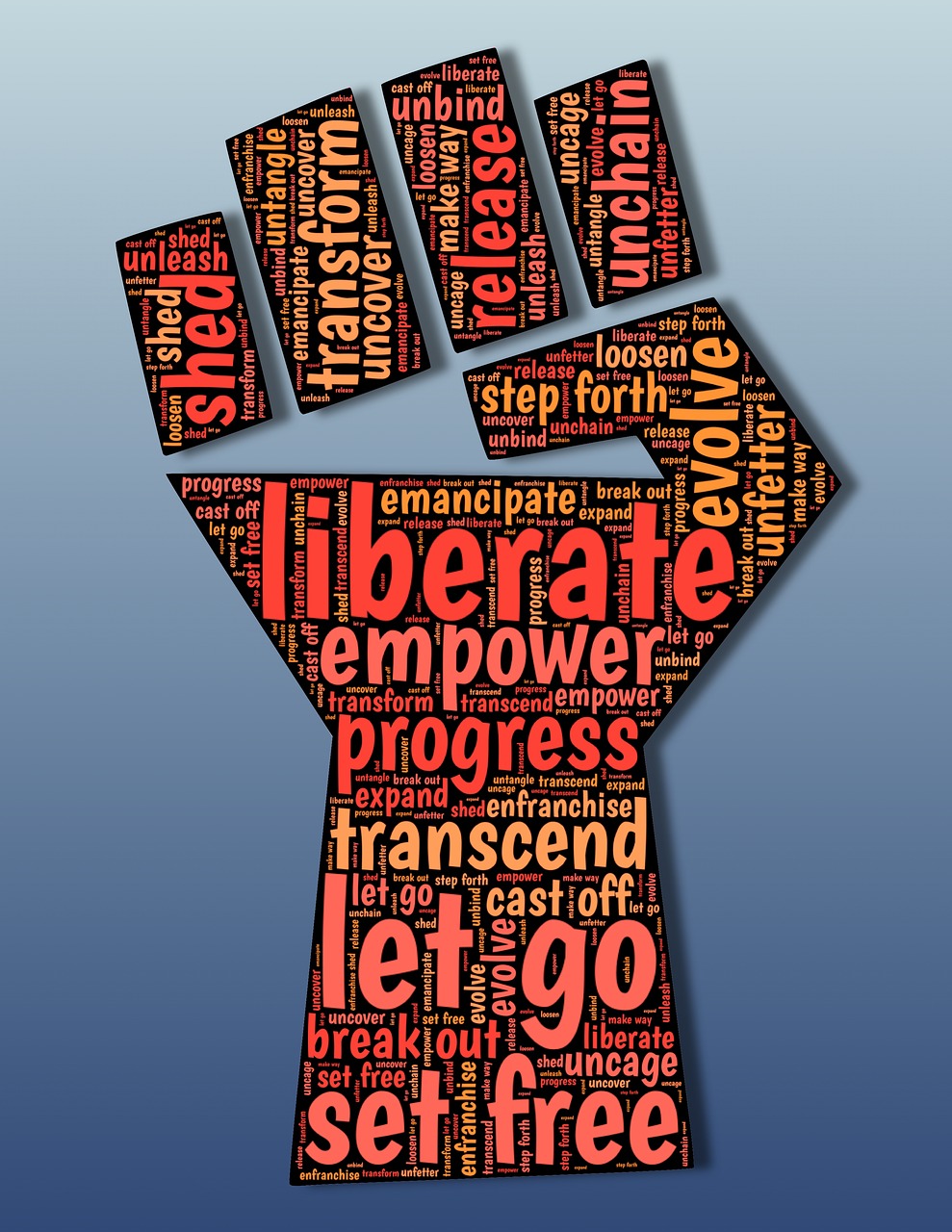Originally posted: July 21, 2016
Developing Voice in Digital Storytelling Through Creativity, Narrative and Multimodality by Monica Nilsson discussed the ability for digital storytelling to encourage creativity and be a resource for developing a voice. Voice as defined by Grammar Girl is “the distinct personality, style, or point of view of a piece of writing or any other creative work.” I was brought up to blindly do what you were told–don’t question, just obey. Creativity and critical thought were frowned upon. Allowing students to explore their imaginations and express their creativity and ideas is a wonderful thing. It engages the brain and can spur new ideas more than just learning how to do something exclusive of the application of that knowledge.
Students can develop a voice, or their expressive self by being allowed to explore their interests and learning what they need as they need it. I have heard repeatedly about finding your voice in the context of writing advice. But it can be hard to know exactly what that means. I wrote the following a while ago while rambling on my keyboard. I think it is relevant to this discussion:
The only way to find your voice is to write. Your voice isn’t something you can pin down with any certainty. You can’t force it. The more you think about it the more your ‘voice’ is suppressed. The conscious mind is a disingenuous and messy place. It is littered with all the junk your environment has dumped there since you were born–doubts, insecurities, self-criticism, and the useless worry of what others may think. The conscious mind to me is like some withered gross looking thing lying in the bottom of a trash can stewing in garbage water. Would you trust that thing? Your voice is that part of the mind that is raw and unconscious. That is not to say your voice isn’t going to be colored by your life and experiences, it will be. When not thinking consciously about what to write, how to write it, how it will be perceived, everything that reeks of trying too hard, your writing will become more lucid. It will flow from you with much less effort–like a relaxed fart.
See–that’s voice. Well, that’s my voice anyway. Yours will be different. Giving students the opportunity to explore their interests requires access to various technologies, the internet and an inclusive nurturing social environment. Not all students have this advantage. The issue of white privilege discussed in the article White Privilege: Unpacking the Invisible Knapsack and Some Notes for Facilitators shed light on inequity perpetuated by a cultural obliviousness and denial of the advantages whites have in American society. Upon reading, I was thinking of inequities such as this that bleed into video game culture as well.
In Designing Games That Foster Equity and Inclusion: Encouraging Equitable Social Experiences Across Gender and Ethnicity in Online Games by Gabriela T. Richard–the author discusses inequities that some gamers experience, especially online multiplayer games. The issue that “ethnic minorities don’t have the same level of access to high-tech computer equipment for leisure as whites,” or that “negative stereotypes of ethnic minorities affected White players’ sense of who belonged, and they were less likely to support ethnic minorities” can easily be said of the culture of education.
Changes to our cultural and social awareness are sorely needed. But as we wait for that slow change to play out, we can look to design principles “that will assist in fostering inclusion and equity in social experiences in and around online games” and in methods of education. We need to create supportive communities, or environments that can give students a positive, empowering and safe educational experience. (Richard)
